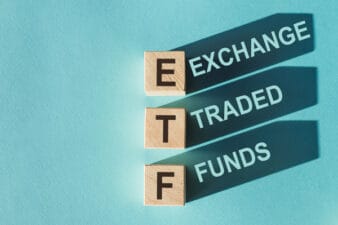Say you’re in the enviable position of having maxed out your tax-free savings account (TFSA) contribution limit of $5,500 for 2015; that’s it for you this year, right? Not so fast. It turns out when federal Finance Minister Joe Oliver said in the budget that the TFSA contribution room will be immediately bumped up to $10,000, he meant just that.
That means those who thought they had maxed out still have an extra $4,500 in contribution room this year. And since contribution room is cumulative, and you perhaps haven’t contributed for a couple of years, your limit could be $21,000 or even higher depending on how far back you can go. Someone who has never contributed to a TFSA since the program was introduced would have a contribution limit worth a whopping $41,000.
Unfortunately, many investors are still using TFSAs as a glorified high interest savings account. That’s fine if you’re saving for a short-term purchase like a down payment for a house. But since you can save pretty much any financial product within a TFSA, and the funds will be tax free upon withdrawal, why not be a little more ambitious and use it for stocks, mutual funds, or something similar?
We suggest a basket of high quality, dividend-paying stocks, which could include such names as BCE Inc. (TSX:BCE)(NYSE:BCE), with a dividend yield of 4.7%, Toronto-Dominion Bank (TSX:TD)(NYSE:TD), with a yield of 3.6%, and Canadian National Railway Company (TSX:CNR)(NYSE:CNI), which recently raised its dividend by 25%, the biggest increase in the railway’s history. This strategy gives your stock assets, which has the potential for the highest long-term returns and time to grow, and the capital gains will be tax free if you opt to sell some of your shares.
Still, some industry watchers note that savers have to be aware that the new policy could change, if, for instance, the Liberals win the next federal election and opt to roll back the increase. It wouldn’t be a very popular move, but it could happen. Especially considering that analysts have pointed out that the higher limits could end up costing the government an estimated $1.1 billion in reduced tax revenue by 2020.
“It is proposed legislation, so technically the TFSA limit could get reversed, but as long as clients are made aware of this component, we see this as something we can immediately act on and are already seeing a number of clients increasing their contribution,” Dave Nugent, chief compliance officer at Wealthsimple Financial recently told the Globe & Mail.
Doug Carroll, vice president of tax and estate planning told industry website Advisor.ca that a reversal of the increase would be unlikely, since imposing taxes on gains made on additional contributions that were later rolled back would be impractical. “How do you target the particular holding and say “It was the income off this GIC, or that mutual fund, or that stock or bond, that’s associated with that $4,500?” Carroll asks. “It’s almost impossible to do that, so I don’t think there can be any tax imposition.”







